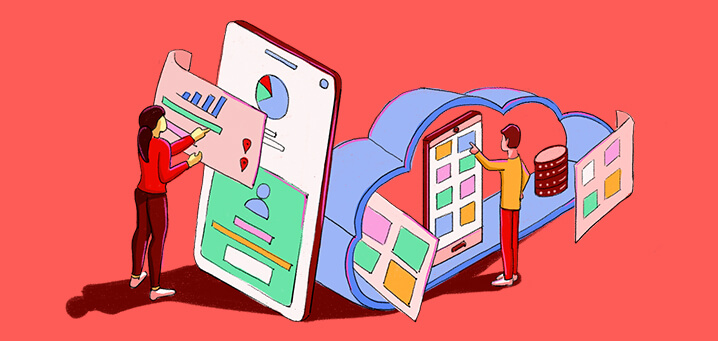Five ITSM takeaways from Internet Trends report
03 mins read

IT service management (ITSM) is moving into the cloud and evolving to support a mobile workforce
There’s an interesting time ahead for IT service management (ITSM) as it moves into the cloud and evolves to support a mobile workforce. Aparna TA, Marketing Analyst, ManageEngine, says help desks will have to adapt as end users’ expectations of ITSM solutions start to mirror those of consumer applications.
Every year Mary Meeker, a partner at venture capitalist firm Kleiner Perkins Caufield and Byers, comes up with a report on global internet trends. This highly anticipated report sets the stage for the next big thing and sheds light on consumer technology adoption.
This year, the report covers a wide range of topics from the increasing measurability of online advertising and the growing internet base in China, to technological advancements in health care services.
While the report doesn’t explicitly talk about the impact of global trends on ITSM, it leaves a lot of breadcrumbs that set expectations for the future of the ITSM industry. These are:
1. Mobile is driving the consumerisation of enterprise IT
According to Meeker’s report, people spent more than twice as much time on mobile, desktop, and other connected devices in 2016 than they did in 2008. As the wall between personal life and work wears down, customer expectations on an enterprise level are mirroring those of consumer apps.
2. The cloud is accelerating change across enterprises
Cloud adoption has increased to new heights and is creating opportunities for new methods of software delivery such as APIs, microservices, elastic databases, etc. The shift from costlier perpetual licenses to cheaper subscription models has contributed to the rapid increase in cloud adoption, as the time and cost of setting up a cloud infrastructure are minimised.
3. Rising security concerns dictating the need for more compliance
As enterprises adopt cloud infrastructure, they are more wary about their applications’ security and compliance. The increased adoption of public and private clouds has led to an exponential increase in the severity of malicious threats.
4. Gaming can help optimise learning and engagement
There are about 2.6 billion gamers now compared to just 100 million in 1997, and gaming is still evolving. Gaming provides an intuitive interface to learn and many organisations now use gamification to provide an engaging learning platform.
5. Social media can provide an opportunity to improve customer service
In a survey by Ovum, over 60% of organisations expressed the need to provide easier access to online support channels. The growth of new tools like APIs and browser extensions has paved the way for innovative service delivery models which integrate enterprise applications (such as help desks) with consumer applications including social media. Many companies are actively using social media as a channel to address customer concerns and resolve issues.
These are just some of the key internet trends that coincide or overlap with the trajectory of ITSM and related technologies. While Meeker’s report just focuses on major internet trends, there are several technologies like AI, machine learning, analytics, and IoT which are expected to be big game changers in the future of ITSM.
This article was originally published in DataCenter Knowledge.
